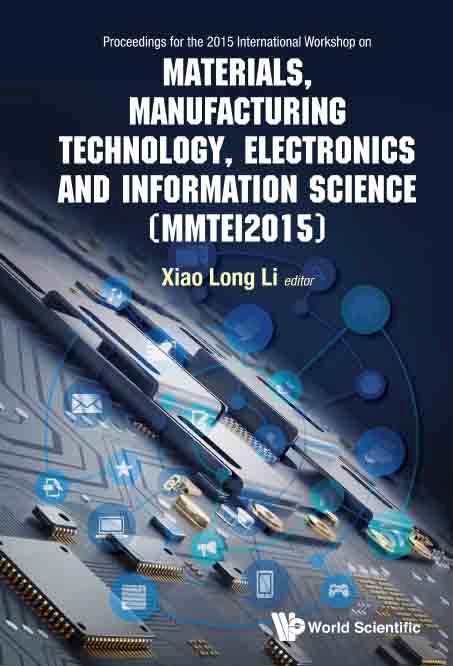Effect of hot working processes on the electrical conductivity and mechanical properties of Cu-Te-Se alloys
This work is supported by the Science & Technology Pillar Program of Sichuan Province, China. (0674-144PTCFXJ082-F)
Samples of Cu-Te-Se alloys were smelted in a vacuum induction furnace, and the effects of different hot working processes on their electrical conductivity and mechanical properties were studied. An eddy current conductivity meter and a Micro Vickers hardness tester were used to detect the electric conductivity and Vickers hardness of alloys, respectively. The morphologies of precipitated phase after aging were observed with a Scanning Electron Microscope (SEM). Combined with an Energy Dispersive Spectrometer (EDS), the elemental constituents of precipitated phase were analyzed. The phase composition after aging was measured by means of X-ray Diffraction (XRD), while the alloys' tensile strengths were measured via an electronic universal testing machine. The alloys' microstructures were observed using a metallographic microscope. The results showed that the relative electric conductivity of Cu-Te-Se alloys, after selenium was used to replace tellurium, could be kept at more than 95.7% IACS. Their mechanical properties were also slightly improved. The Vickers hardness and tensile strength of alloys showed undulating patterns, achieving 155.3HV and 462MPa, respectively.



